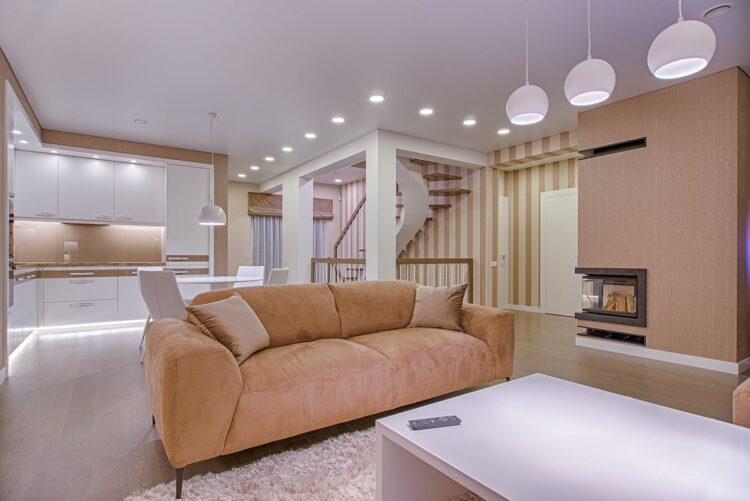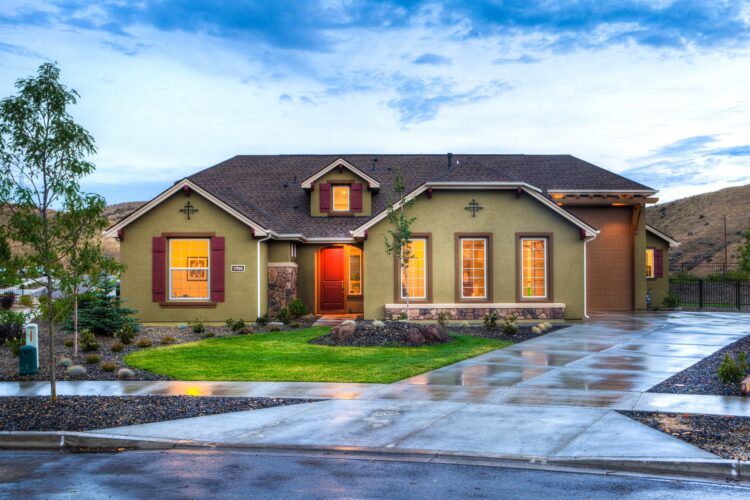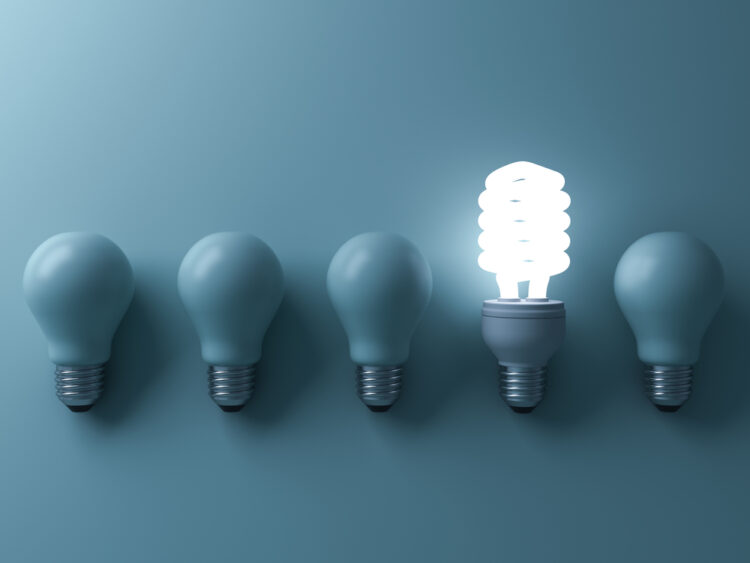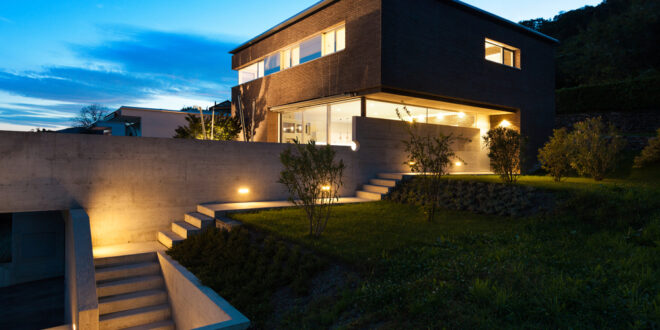Lighting is just one element that is covered by building energy codes and standards, some of which cover residential buildings and other commercial buildings. These codes detail minimum criteria that support lighting as well as lighting controls that deliver lighting that is both effective and energy-efficient.
Even though lighting codes and other regulations that relate to lighting are not universal, together with electricity, they are invariably a primary source of energy. This is why building energy codes are so important.
U.S. Energy Codes

The primary building energy codes applicable to the U.S. include two baseline or model codes that were developed by standards organizations. Both deal with energy-efficiency requirements for all elements of new construction, renovations, additions, and construction techniques in general, and incorporate:
- Walls, floors, and ceilings, which includes all-important insulation.
- Windows and doors
- Heating, cooling, and ventilation equipment and systems
- Water-heating equipment and systems
Lighting equipment and systems

Of course, none of these works in isolation. Every aspect must be covered by the architects and engineers designing buildings, elements of buildings, or systems within buildings. For example, when the professional engineering team at NY-Engineers or any other top-rate engineering company is involved with building design, they will ensure that efficiently designed windows and improved levels of insulation, together with an efficient lighting system, reduces the otherwise inevitable heat loss from the building as well as the typical heat gain that is linked to the lighting system in the building.
The relevant codes are:

The International Energy Conservation Code (IECC) is a model code that applies to commercial and residential buildings, and which has a section, Electrical Power and Lighting Systems. This, amongst other things, introduces Luminaire Level Lighting Controls (LLLC). The capability of these systems includes daylight harvesting, continuous dimming, occupancy sensing (see Energy-Efficient Lighting below), and high-end trim/task tuning. In general terms, LLLCs offer flexibility, comfort, and savings. They are suitable for large commercial buildings especially schools, warehouses, hospitals and so on, rather than houses and even large residential buildings.
The American Society of Heating, Refrigerating and Air-Conditioning Engineers (ASHRAE) Standard 90.1, which is also a model code, deals with the energy-efficient design of new buildings. It applies to all buildings except residential buildings that are one, two, or three stories high, and therefore smaller. Because it is now a global organization, with members from more than 132 countries around the world, ASHRAE doesn’t use its original American name and instead operates as ASHRAE.
The society plays an important role in shaping the built environment of the future. It has an intensely strong focus on sustainability, and less than a year ago released its new five-year strategic plan (2019-2024) that aims to advance the science of heating, ventilation, and air-conditioning (HVAC), refrigeration, and other related fields, including lighting.
State and city codes that are generally adapted from various international model codes. Lighting is usually covered in international codes that offer solutions for energy efficiency, like the two mentioned above. If new buildings do not comply with local codes, the local authority simply won’t issue a Certificate of Occupancy.
Energy-Efficient Lighting

Artificial lighting is used in all our buildings, from single-story houses to skyscrapers. While lighting is responsible for a substantial percentage of energy use in all of them, there are lighting technologies that can reduce energy use by as much as 75%. These include automatic controls that switch lights off after a certain period of time.
It is relatively easy to ensure that lighting systems are energy efficient. The three primary considerations are:
- Use of more efficient illumination sources.
- Location and number of lights used in each space that is to be illuminated in the building.
- Design of control systems for appropriate operations, particularly in commercial buildings.
The various energy codes have minimum criteria to support energy-efficient lighting and control systems. For instance, timer controls are required in rooms that are not permanently occupied, like classrooms or conference rooms, and areas that are not occupied in normal circumstances, like restrooms, locker rooms, and closets. Lighting codes also specify the use of occupancy sensors and their shut-off delays, which, of course, impact directly on lighting costs.
Sensors are generally allowed where an area or space might present a risk, like public passages and stairways.
Standards also specify needs that relate to daylighting and controls that respond to daylighting. Daylighting controls are relatively new but reports are that they result in base lighting systems that are highly energy efficient. Lighting designers generally prefer to use luminaires and other more efficient lamp types that help to reduce lighting power density (LPD), which represents the load of the lighting equipment used.

One of the simplest ways to make lighting more effective is to use light-emitting diode (LED) fixtures that provide the same lighting output with less power. This, in effect, reduces the LPD and results in significant lighting energy savings. When individual LEDs with integrated sensors and controls are combined with LLLCs (mentioned above) in commercial buildings, energy efficiency is maximized. Furthermore, LLLCs provide lighting designers with integrated solutions that help to improve building performance as a whole. This is because they use between 25% and 75% less energy than fixtures that do not incorporate controls. They also incorporate less wiring and are a lot more flexible.
Compact fluorescent lamps (CFLs) use fewer watts than LEDs and so are a good choice for homes where LLLCs are not a practical solution.
Solar power, the most accessible form of renewable energy, is the other obvious solution to improving the energy efficiency of lighting in buildings.
The Value of Lighting Codes

Lighting codes, like all codes designed to reduce energy and make it more efficient. This has a direct impact on our utility bills and saves us money.
They also help to ensure that buildings are sustainable and more comfortable for occupants.
Lighting codes are also designed to reduce light pollution, which has more adverse effects and a greater impact on the planet than most people realize. Ultimately, lighting pollution is a form of energy waste. It attracts (and for that matter repels) animals and insects, and can have a negative effect on the health of humans. It can interfere with navigational systems for all types of vehicle including trains and planes. It also messes up the ecosystem of the earth which is dependent on cycles of natural light.
If a building is constructed and fitted without compliance with building codes and standards, chances are it’s not going to be energy efficient and consequently, it will waste energy unnecessarily and have even greater repercussions.
 Hi Boox Popular Magazine 2024
Hi Boox Popular Magazine 2024



